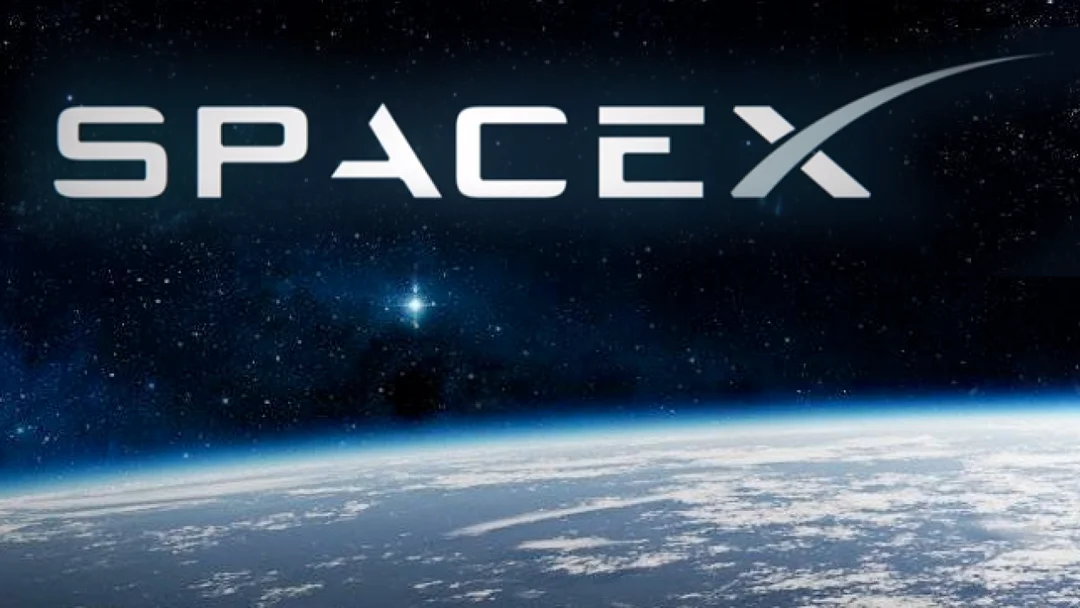
SpaceX Dominates May 2025 with Multiple Starlink Launches and Booster Landings
May 2025 is proving to be a busy month for SpaceX, as the company continues its rapid deployment of Starlink satellites to expand its global internet constellation. From early morning launches at Vandenberg Space Force Base to afternoon liftoffs from Cape Canaveral, SpaceX's Falcon 9 rockets are becoming a familiar sight in the skies.
On Friday, May 16th, SpaceX is targeting a 6:43 a.m. launch from Vandenberg Space Force Base. This mission will reportedly carry 26 Starlink satellites into low-Earth orbit. A livestream of the launch is expected to begin just minutes before liftoff.
Just days earlier, on Wednesday, May 14th, a Falcon 9 rocket lifted off from Cape Canaveral Space Force Station at 12:38 p.m. EDT (1638 GMT), carrying another batch of 28 Starlink V2 Mini Optimized satellites. This launch, designated the Starlink 6-67 mission, brought the total number of Starlink satellites in orbit to over 7,400. 
The weather cooperated beautifully for the Cape Canaveral launch, with meteorologists forecasting a 95 percent chance of favorable conditions. "High pressure will build in from the west through the rest of the week," launch weather officers noted, ensuring a smooth ascent for the Falcon 9.
A critical element of SpaceX's operations is the recovery of its Falcon 9 boosters. The Starlink 6-67 mission utilized Falcon 9 booster 1090, which had previously supported NASA’s Crew-10 mission, the Bandwagon-3 rideshare, and SES’s O3b mPOWER 7 and 8 satellites. Approximately eight minutes after liftoff, the booster successfully landed on the droneship 'A Shortfall of Gravitas,' marking the 109th landing for that particular vessel and the 447th booster landing overall for SpaceX. 
These successful launches are part of SpaceX's aggressive strategy to build a vast constellation that blankets the planet, offering high-speed internet connectivity to users globally. The network, comprised of over 7,000 operational satellites, enables internet access from nearly anywhere on Earth.
While SpaceX continues to focus on Starlink, the company is also making progress with its next-generation Starship rocket. With the 58th Falcon 9 mission of 2025 completed, and a total of 60 liftoffs this year including Starship tests, SpaceX is pushing the boundaries of space technology.
What do these frequent Starlink launches mean for the future of global internet access and space exploration? Leave your thoughts and comments below!